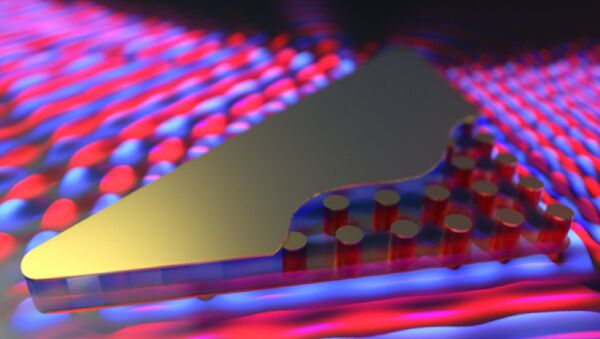Scientists from the National University of Science and Technology MISIS (NUST MISIS) and their colleagues at the University of Bayreuth and the University of Muenster in Germany, the University of Chicago in the United States and Linkoping University in Sweden have developed seemingly "impossible" nitride materials using a simple direct synthesis method.
Nitrides are an important element of super-hard coatings and electronic systems. As a rule, these materials contain small amounts of nitrogen, which are difficult to go beyond compared to the amount of transition metals because nitrogen bonds contain excessive amounts of energy.
READ MORE: Future of Computing: Russian Scientists Create Laser-Based Supercomputer
This was typical of the rhenium and iron compounds that were selected by the research paper's authors who decided to synthesize new materials under conditions of super-high pressure, rather than in a standard laboratory environment.
"This method is among the most promising approaches for creating entirely new materials and it opens up fantastic opportunities. Well-known examples include artificial diamonds and the cubic boron nitride, except that the natural equivalents existed. We have invented a method for developing materials that don't exist in nature," said Professor Igor Abrikosov, Head of NUST MISIS' Laboratory for Modeling and Development of New Materials.
The experiments have yielded almost immediate results, he noted. Nitrogen and a transition metal are inserted in a diamond anvil, and direct high-pressure synthesis is conducted without precursors.
"Super-hard rhenium nitride does not compress easily and has the potential for impressive mechanical qualities; this is important for improving the quality of cutting tools, for example," Abrikosov added.
Returning to terrestrial conditions will call for more serious experimental units, which are currently being developed. This project might succeed in the next 12 months.
According to Abrikosov, if the research team proves the existence of these theoretical super-hard properties, it will be possible to market seemingly "impossible" materials in the next five years.




